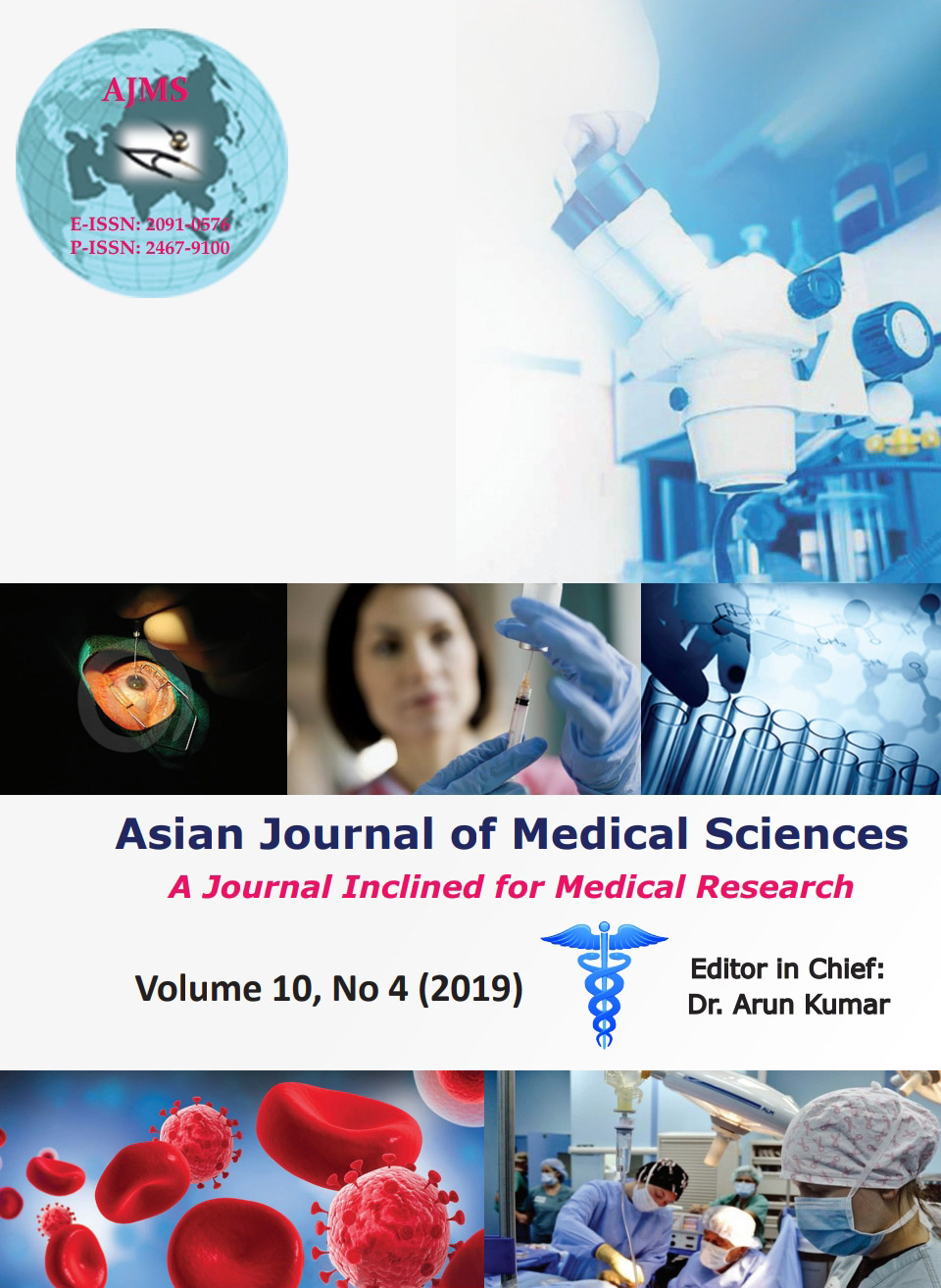AST to platelet ratio index for predicting the in hospital mortality in chronic liver disease patients in tertiary care hospital
Keywords:
AST to platelet ration index, Model of end stage liver disease, Area under curve, Alanine transaminase, Hepatitis C virusAbstract
Background: Liver cirrhosis is the end result of chronic liver injury. Cirrhosis of liver may progressively deteriorate from a well-compensated state to decompensated conditions.
Aims and Objective: Our study aims at evaluating the AST to Platelet Ratio Index (APRI) for predicting the in-hospital mortality and also comparing APRI, MELD and albumin for predicting in hospital mortality in chronic liver disease.
Materials and Methods: Data of Patients with Chronic liver disease were retrospectively reviewed. MELD and APRI scores were calculated for the patients and results from ROC curves were analysed.
Results: In our study conducted on 299 patients, the age distribution was between 18-64 years with mean age of patients being 46.47+/-10.9 years, sex ratio Male: Female: 266:37 with mortality rate of 17.7%. The area under curves of ROC of APRI, MELD and Albumin are 0.63, 0.76 and 0.55.
Conclusion: APRI is an independent predictor of mortality. The prognostic performance of all 3 was comparable but MELD has better prognostic significance than APRI score.
Downloads
Downloads
Published
How to Cite
Issue
Section
License
Authors who publish with this journal agree to the following terms:
- The journal holds copyright and publishes the work under a Creative Commons CC-BY-NC license that permits use, distribution and reprduction in any medium, provided the original work is properly cited and is not used for commercial purposes. The journal should be recognised as the original publisher of this work.
- Authors are able to enter into separate, additional contractual arrangements for the non-exclusive distribution of the journal's published version of the work (e.g., post it to an institutional repository or publish it in a book), with an acknowledgement of its initial publication in this journal.
- Authors are permitted and encouraged to post their work online (e.g., in institutional repositories or on their website) prior to and during the submission process, as it can lead to productive exchanges, as well as earlier and greater citation of published work (See The Effect of Open Access).




